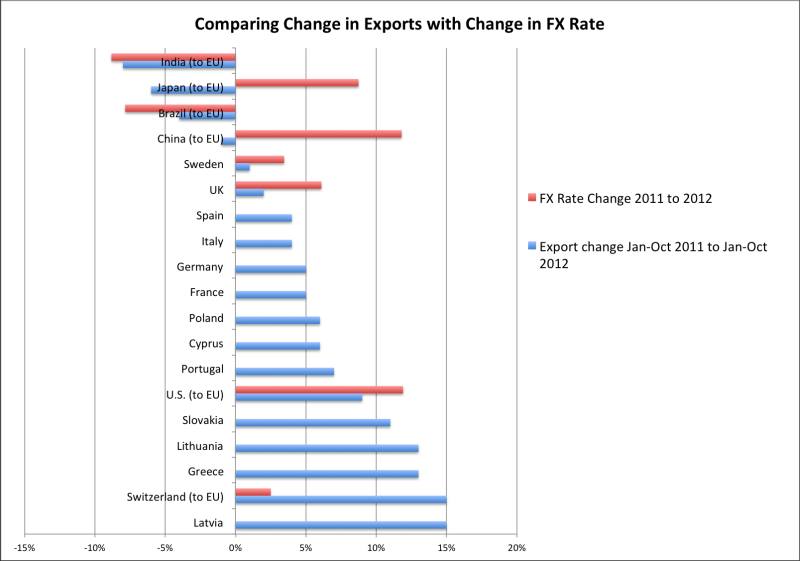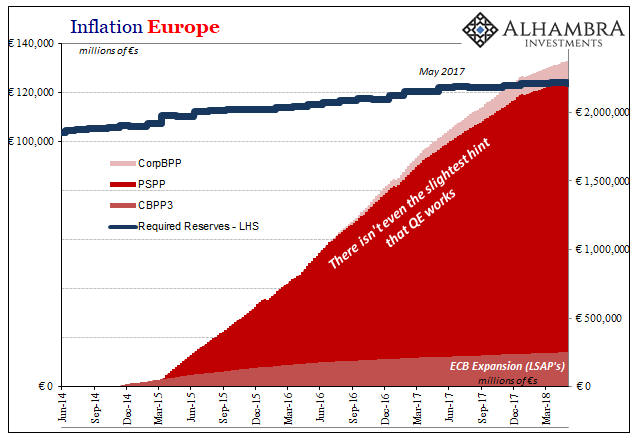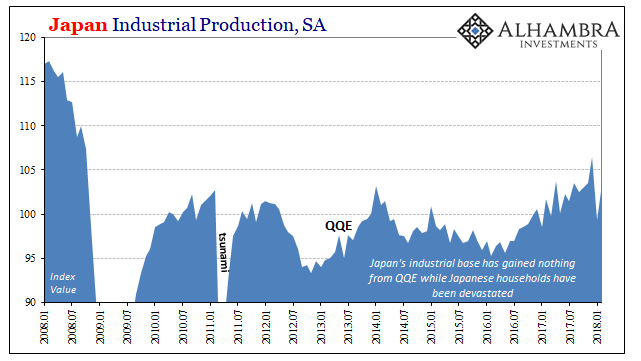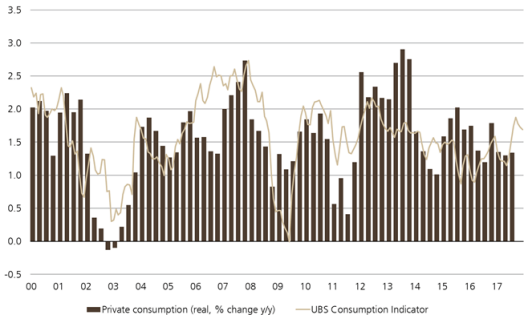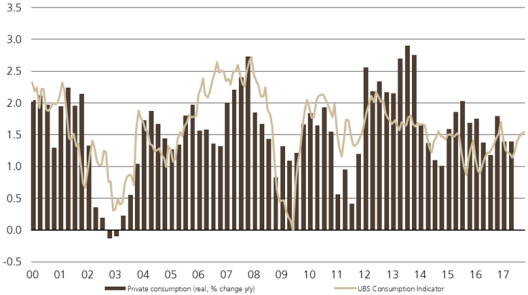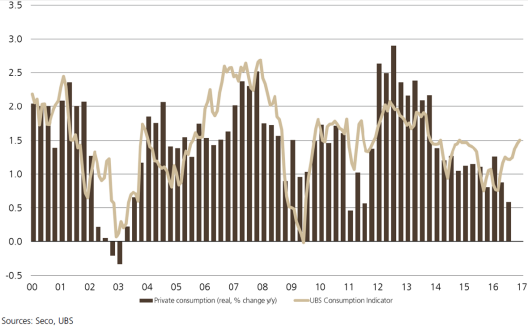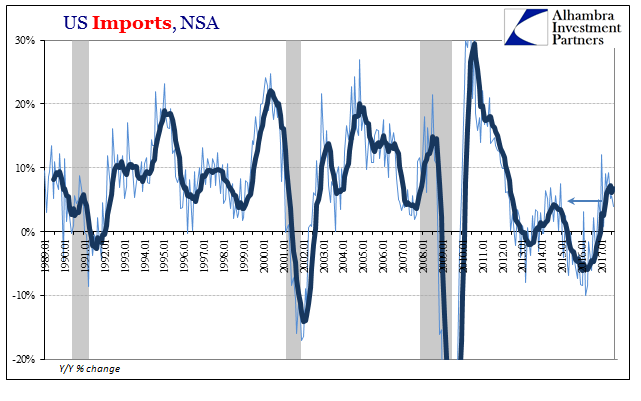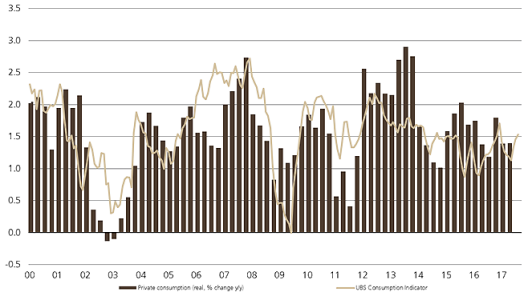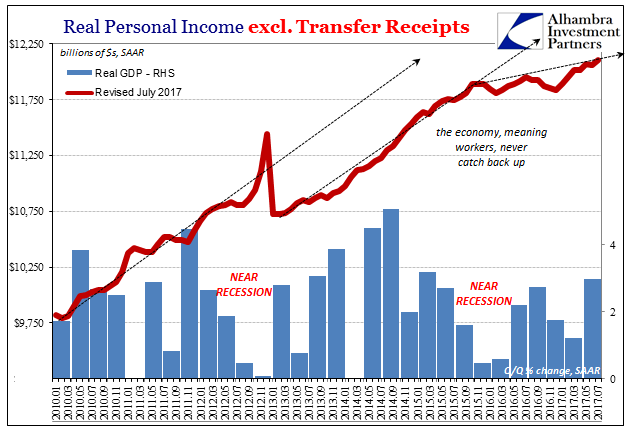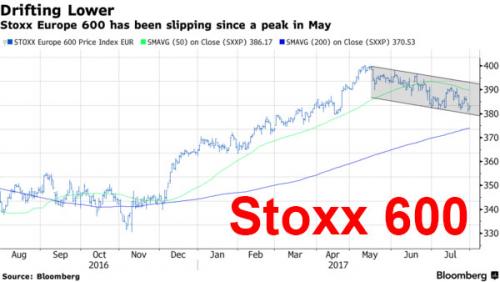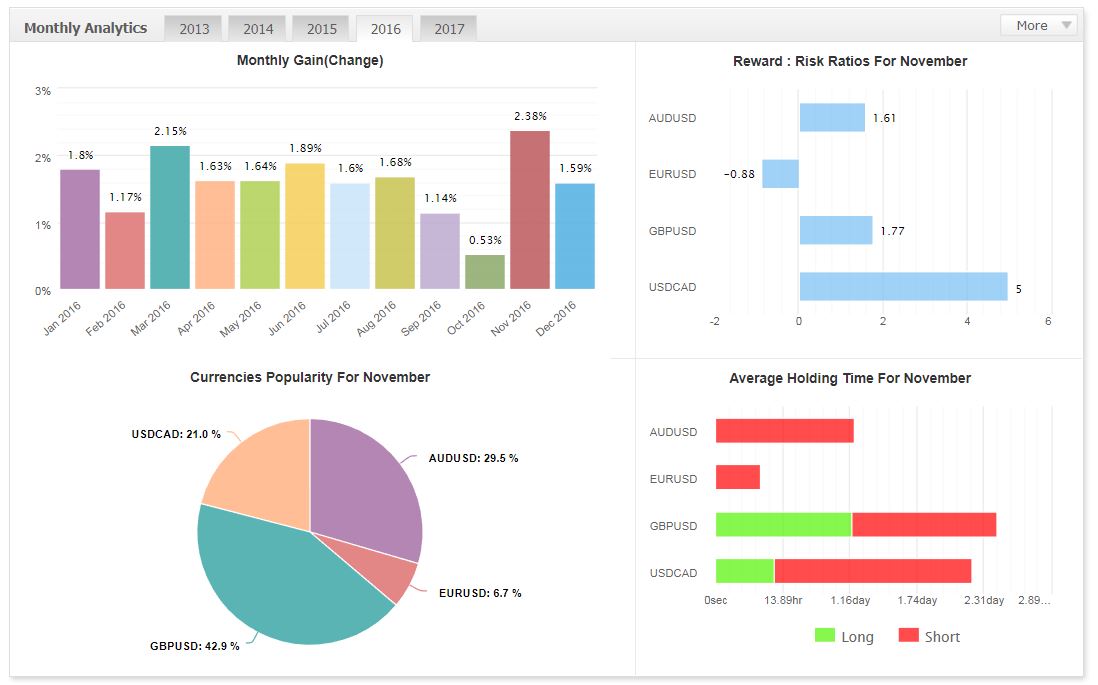Eurostat recently published the European exports, imports and trade balance for the first ten months of 2012 compared to 2011. These show heavy improvements for the Southern member states but also a strong dependency on a weak euro.
The data and recent market reactions show that the strategy of “Current Accountists” from Angela Merkel and Hans-Werner Sinn was right (see more on the difference between Current Accountists and Capital Flightests).
First the weak countries needed to reduce both fiscal and current account deficits, even at the cost of higher unemployment and lower growth. However, this strategy would have failed completely, if the Fed had not decided to provide more money to fund the American housing markets and the European trade surpluses via U.S. consumer spending.
The bad example: The lost decade in Latin America
A similar austerity strategy was applied in 1982 during the Latin American debt crisis, quite successful at the beginning, but at the end the Mexicans and others ended up in a lost decade and debt write-offs.
The Latin American Lost Decade: “In response to the crisis most nations abandoned their import substitution industrialization (ISI) models of economy and adopted an export-oriented industrialization strategy, usually the neoliberal strategy encouraged by the IMF, though there are exceptions such as Chile and Costa Rica who adopted reformist strategies. A massive process of capital outflow, particularly to the United States, served to depreciate the exchange rates, thereby raising the real interest rate. Real GDP growth rate for the region was only 2.3 percent between 1980 and 1985, but in per capita terms Latin America experienced negative growth of almost 9 percent. Between 1982 and 1985, Latin America paid back 108 billion dollars.”
Source1
The Latin Americans had a weak currency to enforce their export-oriented industrialization, but the weak European countries do not have this advantage. On the other side, debt repayment is easier in a common currency especially when sustained by longer-term repayment schedules. We are quite sure that the Latin American crisis could have ended far earlier, when great parts of the debt would have been written off earlier, like recently done with Iceland, Greece and as it will potentially be done with Cyprus, Portugal and Spain.
The good example: Iceland
Typically things in weak countries start to look better with better trade figures. Iceland gives the very best picture of how to get out of a crisis with a weak currency. Exports strongly expanded and imports fell generating current account surpluses. Icelanders let fail the banks and rejected demands to pay back the losses of Dutch and English investors.
By mid-2012 Iceland was regarded as one of Europe’s recovery success stories. It has had two years of economic growth. Unemployment was down to 6.3% and Iceland was attracting immigrants to fill jobs. Currency devaluation effectively reduced wages by 50% making exports more competitive and imports more expensive. Ten year government bonds were issued below 6%, lower than some of the PIIGS nations in the EU (Portugal, Italy, Ireland, Greece, and Spain). Tryggvi Thor Herbertsson, a member of parliament, noted that adjustments via currency devaluations are less painful than government labor policies and negotiations.
source Wikipedia
Comparing exports with FX Rates
The following is the euro zone trade balance data between January and October 2012 compared to January and October 2011 based on Eurostat data. The graph shows the exports from the countries of the EU and from major trading partners to the EU compared with the change in the FX rate.
All listed euro countries improved their exports strongly. The reason was that the euro fell to an average 1.26 US$ in the first 10 months of 2012, down from 1.41 in 2011. Apart from Draghi talking up the euro, the stronger trade and current account balance helped the weak countries and the European currency to recover.
It can be seen that some emerging markets, but also Japan, spent and imported more than previously and exported less. Higher salaries caused the exports of India, Brazil and China to the EU to fall accompanied by a falling rupee and real, even against the weak euro. As an exception, only the Chinese Renmimbi appreciated. As a result, Chinese and other emerging market products became more expensive, exports of countries with weak salaries like Latvia, Lithuania and Slovakia but also Greece, strongly improved and managed to substitute Chinese products. Germany and France were able to profit more from the weak euro than Spain or Italy.
Switzerland managed to strongly increase exports to the euro zone because its currency increased only a little and did not further appreciate. The U.S. managed to export far more despite a stronger dollar. The appreciating pound was rather counterproductive for the U.K, because imports rose more than exports.
Comparing trade balances with FX rates
The countries that showed the biggest improvements in the trade balance were Slovakia and Poland thanks to the replacement of Chinese products. The Swiss franc stopped appreciating, so the Swiss could strongly reduce their trade deficit with the euro zone (see more on the Swiss trade surplus).
Portugal, Greece and Spain were better off because imports and consumption strongly fell, only partially thanks to their weak salaries. Japan’s, India’s and Brazil’s trade deficits with the EU strongly increased because of consumers’ spending and slowing exports, while the Chinese seemed to have improved productivity; despite rising salaries and a stronger Renmimbi the surplus with the EU has fallen only a bit.
Will the European Miracle End?
The euro has appreciated by 7% against the dollar, between 3 and 5% against the Swiss franc, Swedish Krona and Renmimbi and an astonishing 20% against the yen. (We take September 01, 2012 as the basis, when the EUR/USD was around 1.26$, the average between January and October 2012.)
Therefore, we see big risks that the strengthening in Greek and other peripheral exports will finish soon and the European trade balance with China will weaken again. The periphery needs to imitate Iceland and cannot live with a strong currency, even if Germany is ready to give them cheap loans and take potentially some haircuts. More and more unemployed, however, will put a drag on the economies and eventually on public finances.
Even the German trade surplus, that, similar to the Swiss one, is relatively immune against exchange rate changes, is now in danger, because Japanese will be able to sell their cars 20% cheaper than the German ones – at least when all components are produced in Japan.
One should never forget that only five or six countries in the euro zone came strong out of the Great Recession, namely Germany, Finland, Austria, Estonia, Slovakia and Luxembourg – 35% of the area’s population – while the other eleven (65% of population) have issues, including France with the recent record-low PMI print and the Netherlands and Belgium that suffer from a real estate bust.
- García Bernal, Manuela Cristina (1991). “Iberoamérica: Evolución de una Economía Dependiente”. In Luís Navarro García (Coord.),Historia de las Américas, vol. IV, pp. 565-619. Madrid/Sevilla: Alhambra Longman/Universidad de Sevilla. ISBN 978-84-205-2155-8 [↩]
Tags: current account,lost decade,Trade Balance,U.S. Consumer Spending,Valuation Effect











